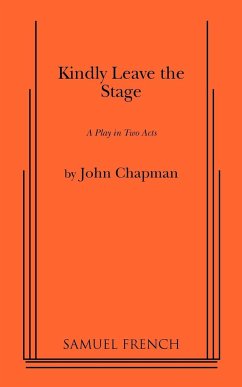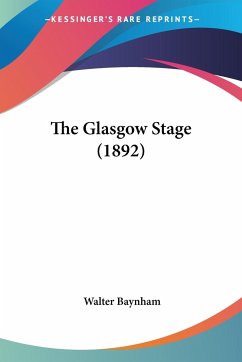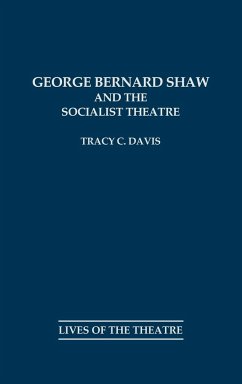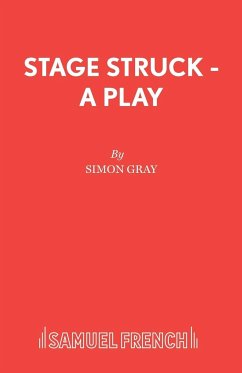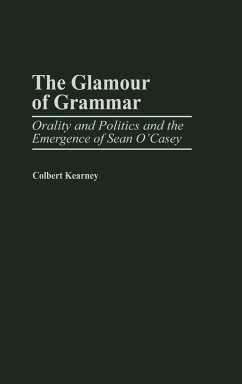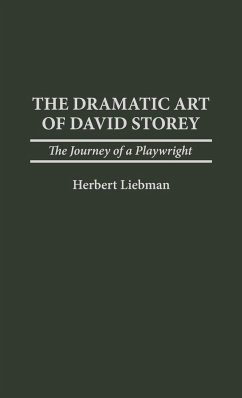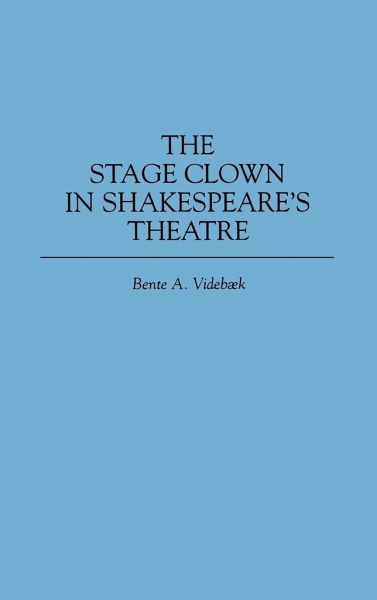
The Stage Clown in Shakespeare's Theatre
Versandkostenfrei!
Versandfertig in 1-2 Wochen
62,99 €
inkl. MwSt.

PAYBACK Punkte
31 °P sammeln!
The majority of Shakespeare's plays have at least one clown figure making an appearance. These characters range from rogues who say only a line or two, to important figures like Touchstone and Falstaff. Videbaek examines even the smallest clown roles, showing how the clown's freedom of speech allows him to become a mediator between the audience and the action of the play, helping audience interpretation. This illuminating celebration of the stage clown's contribution to the understanding and enjoyment of Shakespeare's plays will be a valuable resource for both students and scholars alike.




